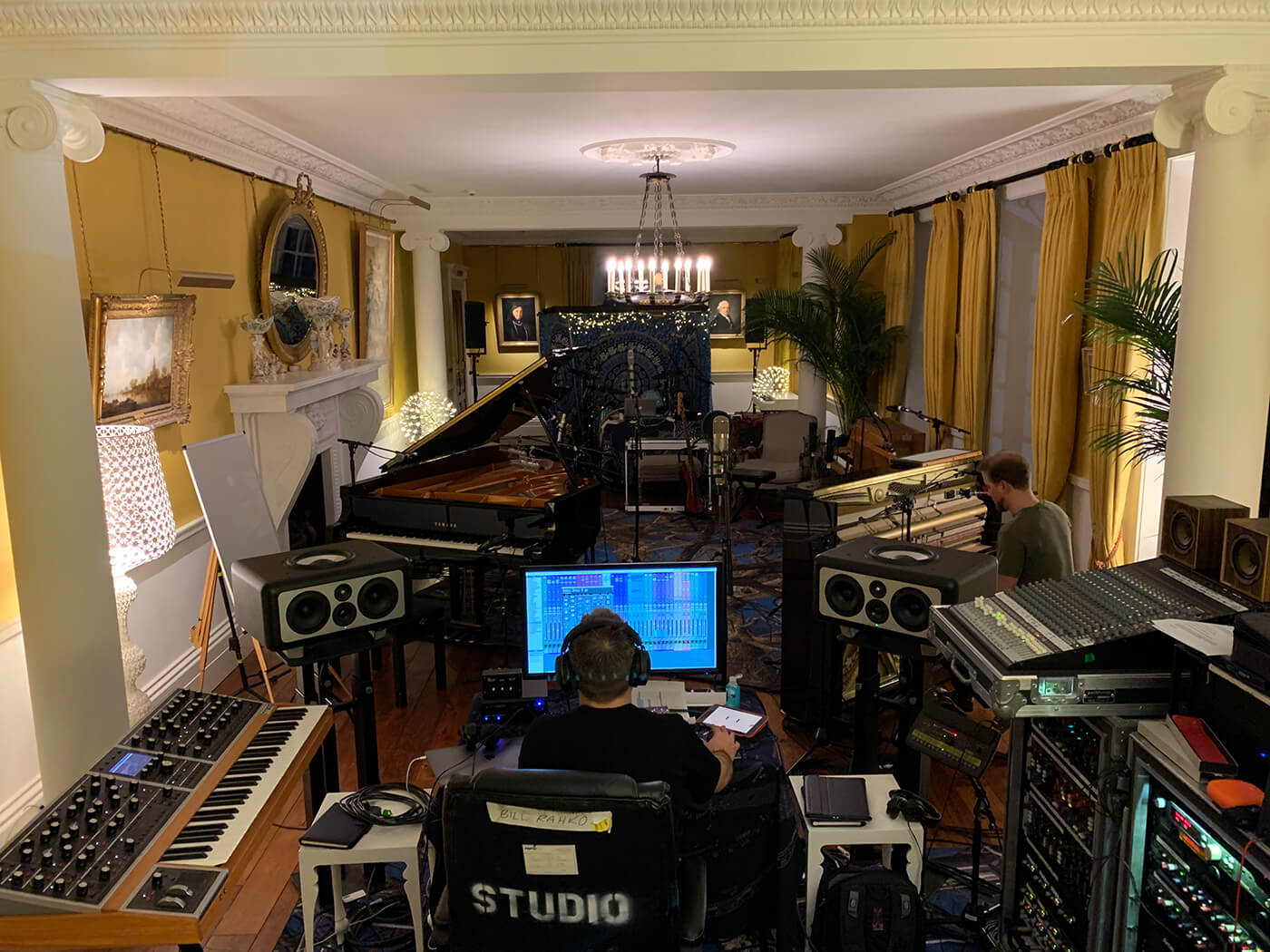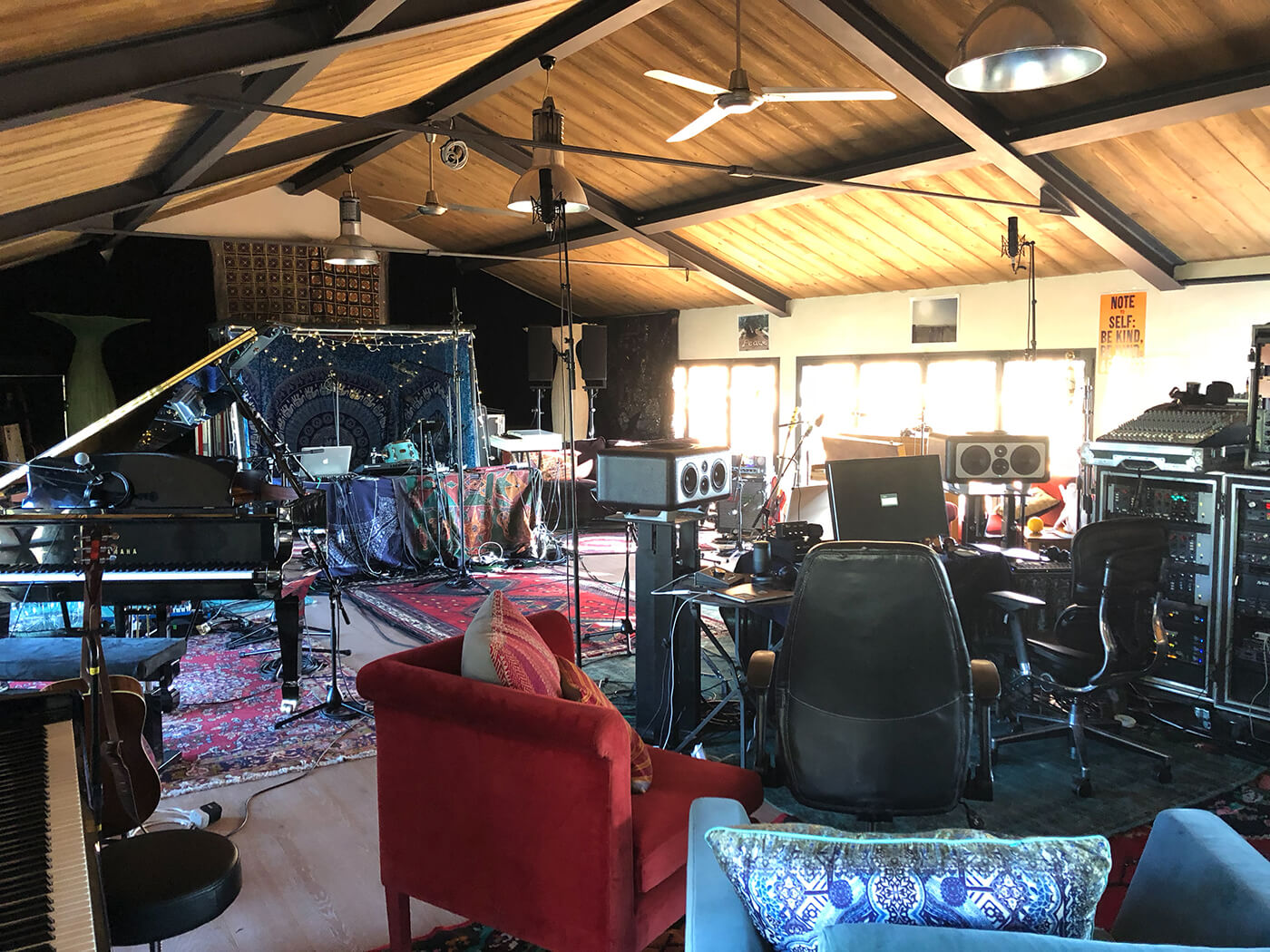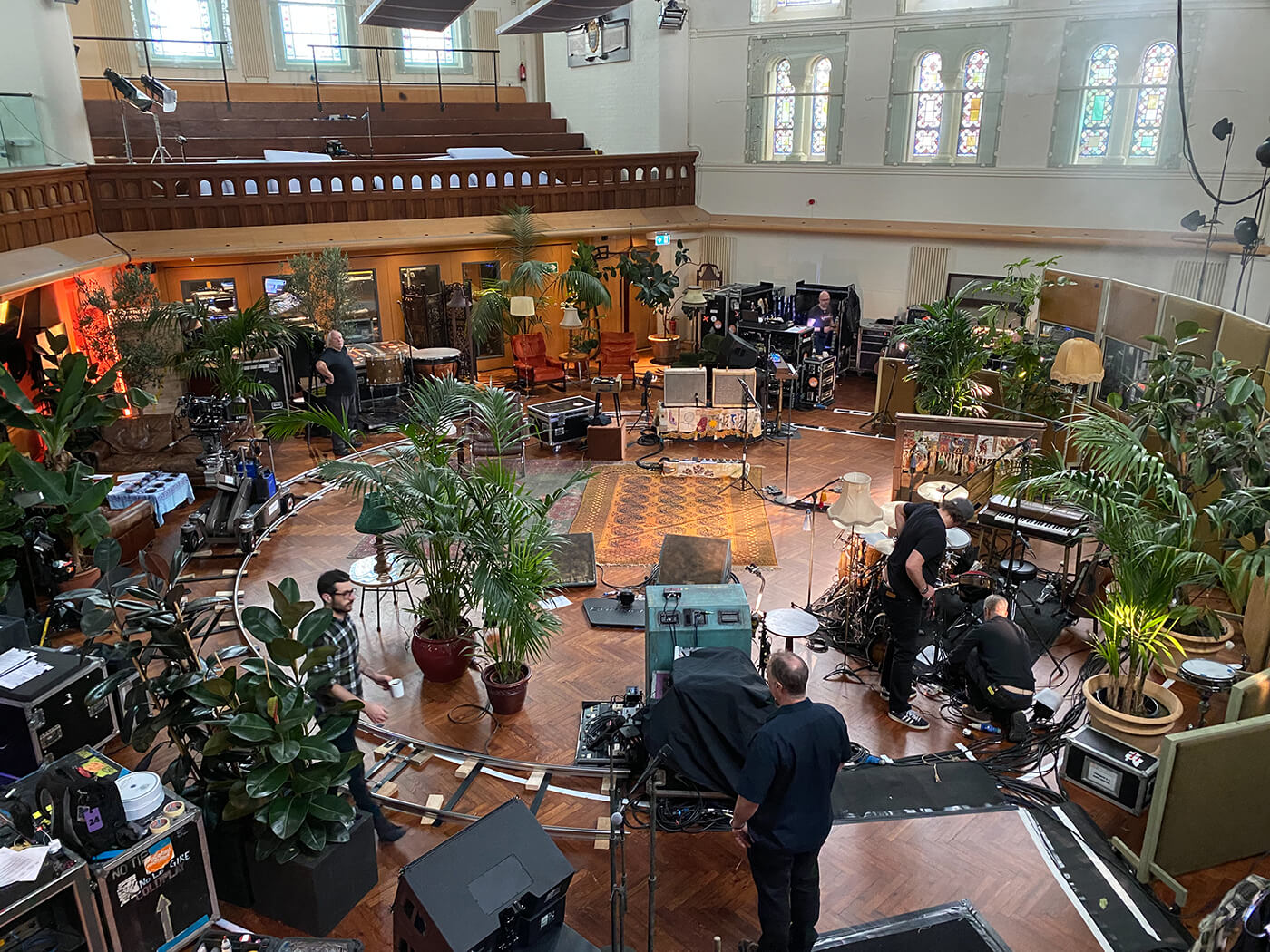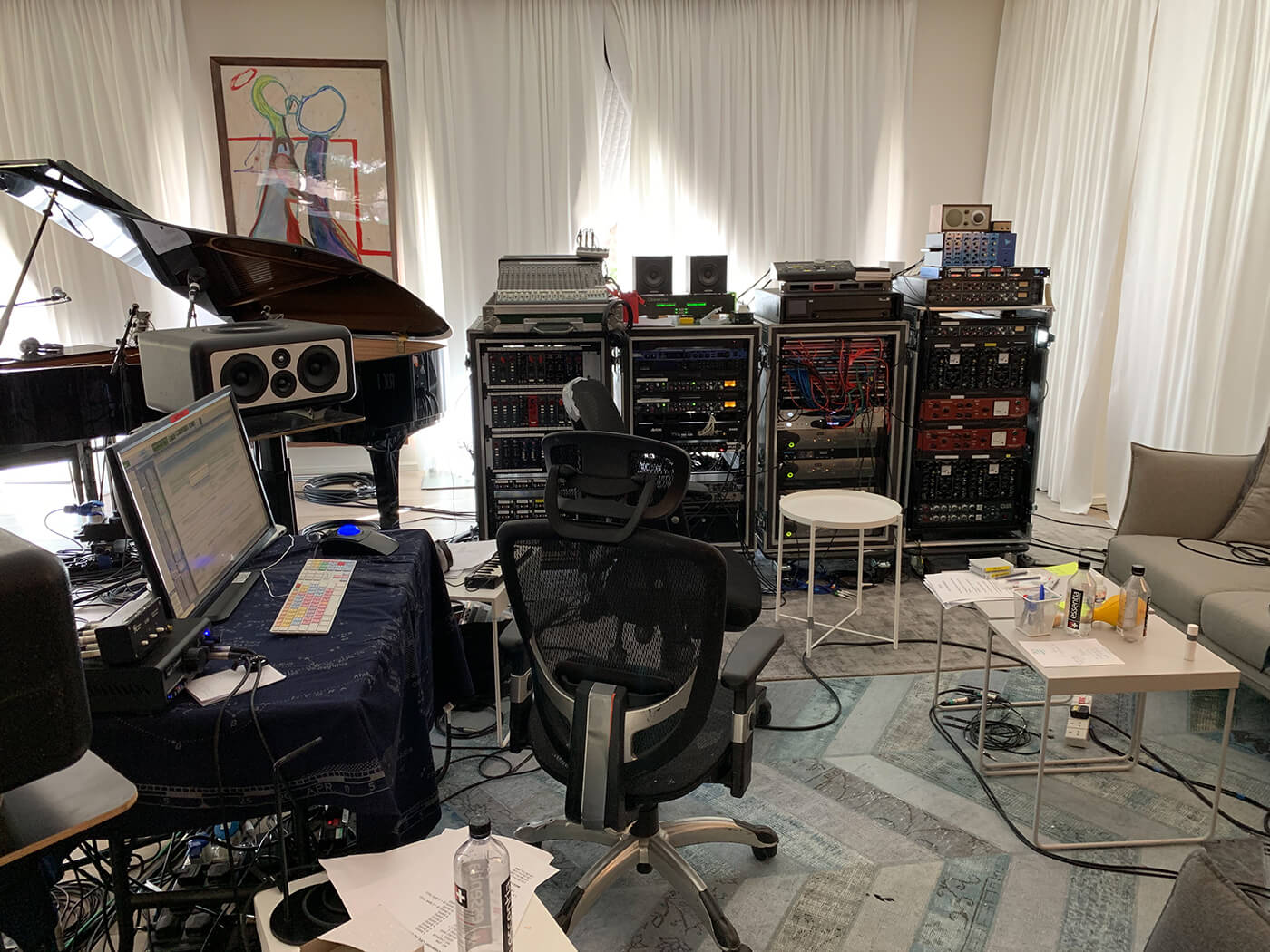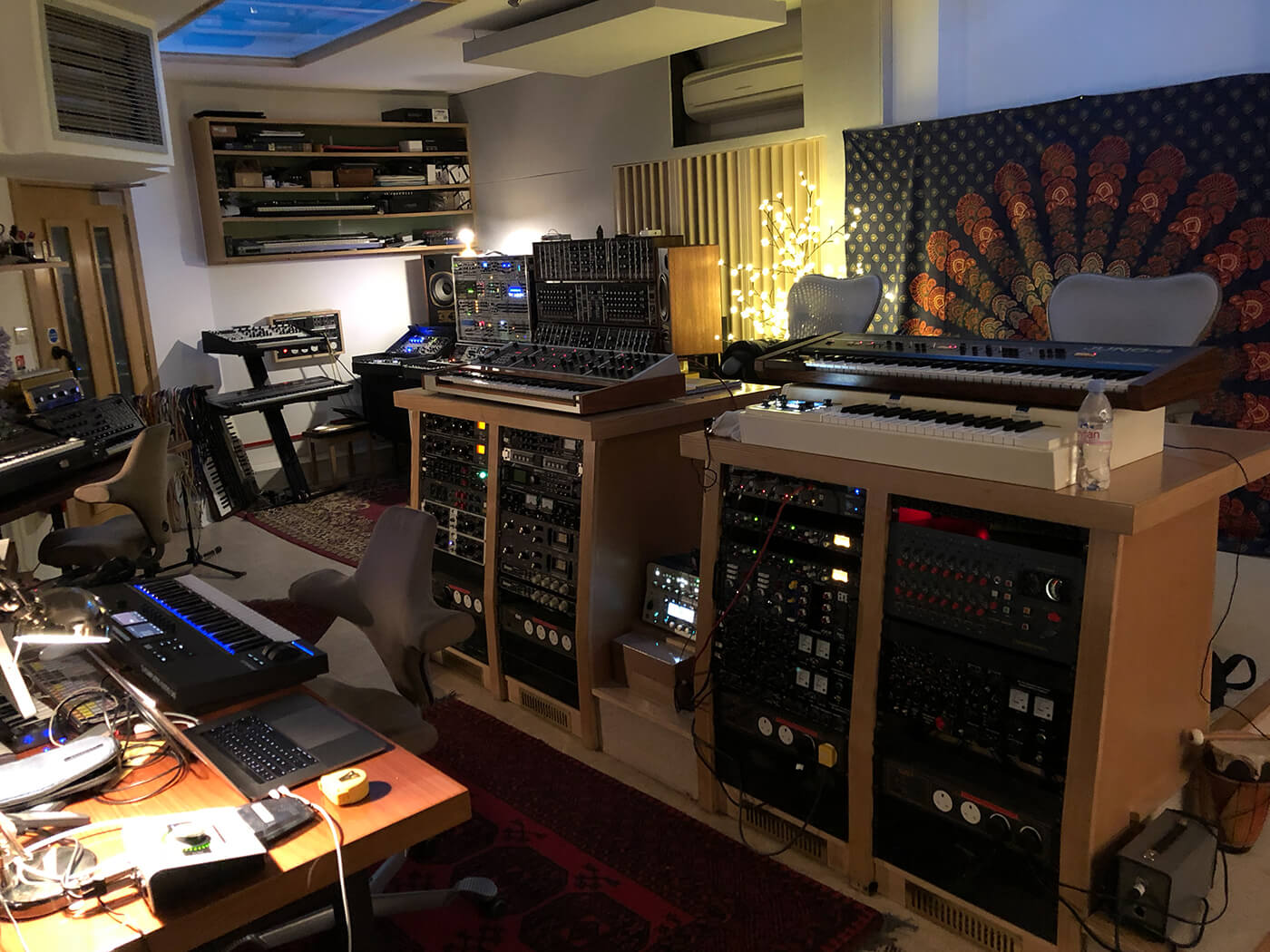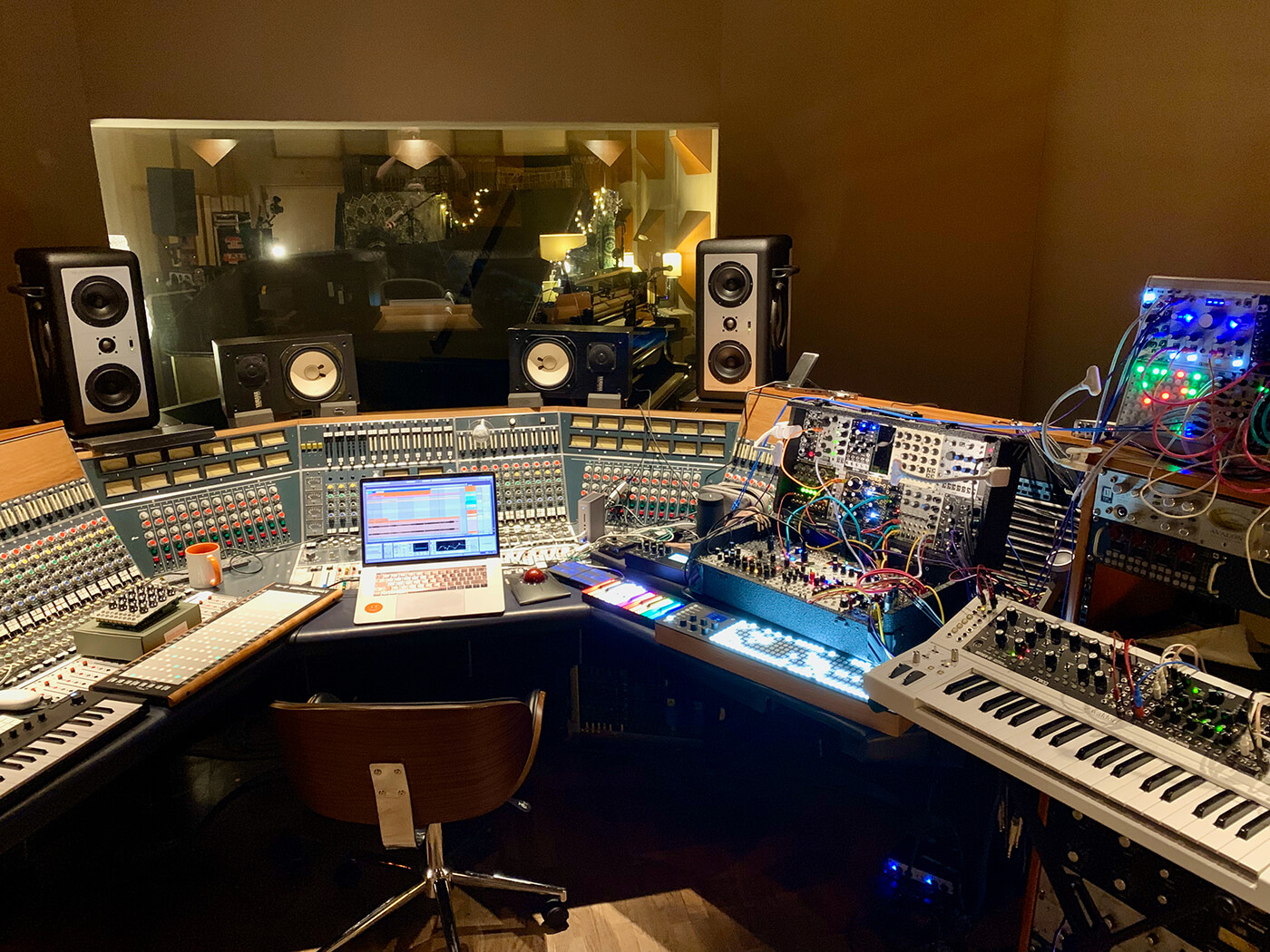Coldplay producers Rik Simpson and Dan Green on global production and nailing live streams
For Everyday Life, Coldplay’s eighth LP, long-time producers Simpson, Green and Rahko required a decade of patience, and a studio that could travel.
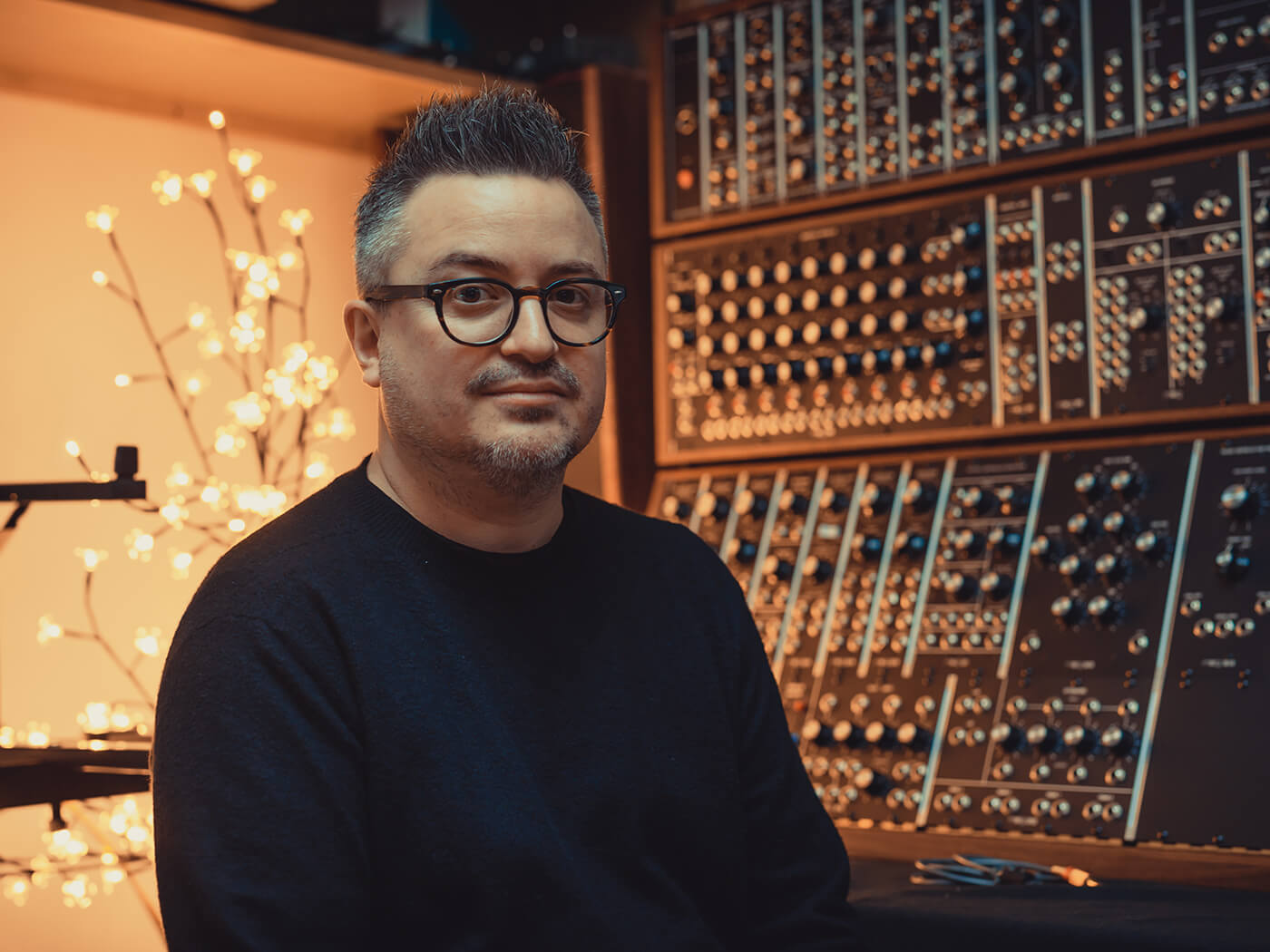
Image: Hollin Jones
“We learned early on to record everything, not to miss any magic. Even with a simple band set up, we’ve still got all 80 tracks in record. Just in case, half an hour down the line it happens,” say Rik Simpson, clarifying how the seeds of the next Coldplay mega-hit are gathered.
Simpson, alongside his production partners Dan Green and Bill Rahko, are eagerly awaiting this year’s Grammy Awards to find out whether their work on the expansive and genre-flitting, eighth Coldplay album Everyday Life earns them a gong.
“It’s lovely – it came like a bolt out of the blue,” Rik tells us. “We had finished the record and moved on to other things, so it was a bit of a surprise. We’re so happy that the album is meaning so much to so many.”
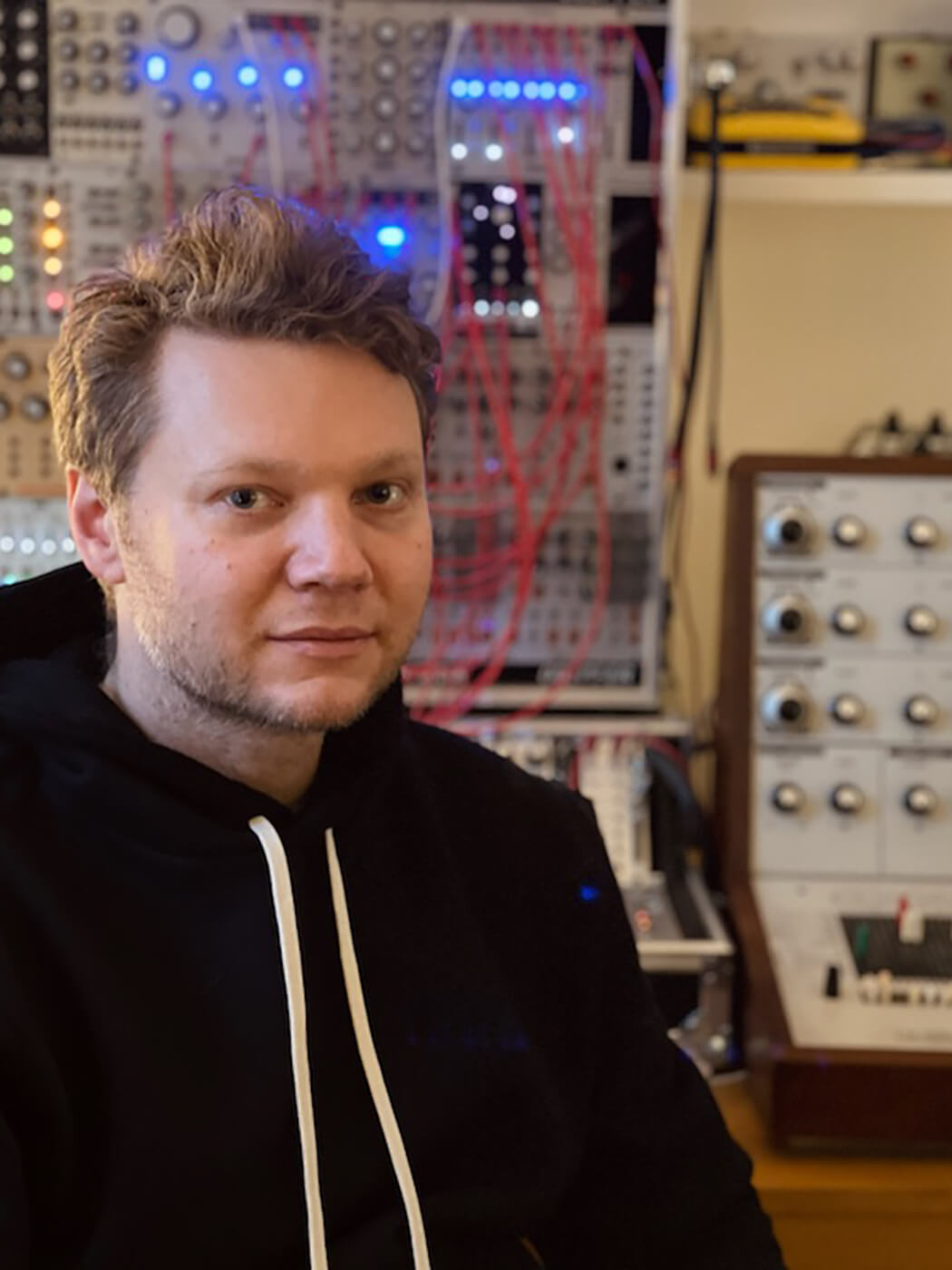
Currently – as with the rest of the UK – in lockdown, Rik and Dan, working remotely from their own spaces, reflect on the album’s protracted gestation. “We actually started this album just before Mylo Xyloto in 2009,” Dan reveals. “There were songs from this record that had been around since then which just didn’t fit on other albums. The single Arabesque was one of those.”
Rik explains that the bedrock of the final track is still that original take which was recorded over a decade earlier: “The song has evolved massively since then, but the basic groove and its driving nature have always been like that. The trick was getting the groove to bounce right, and evolving the piece imperceptibly over time, keeping the ear interested”.
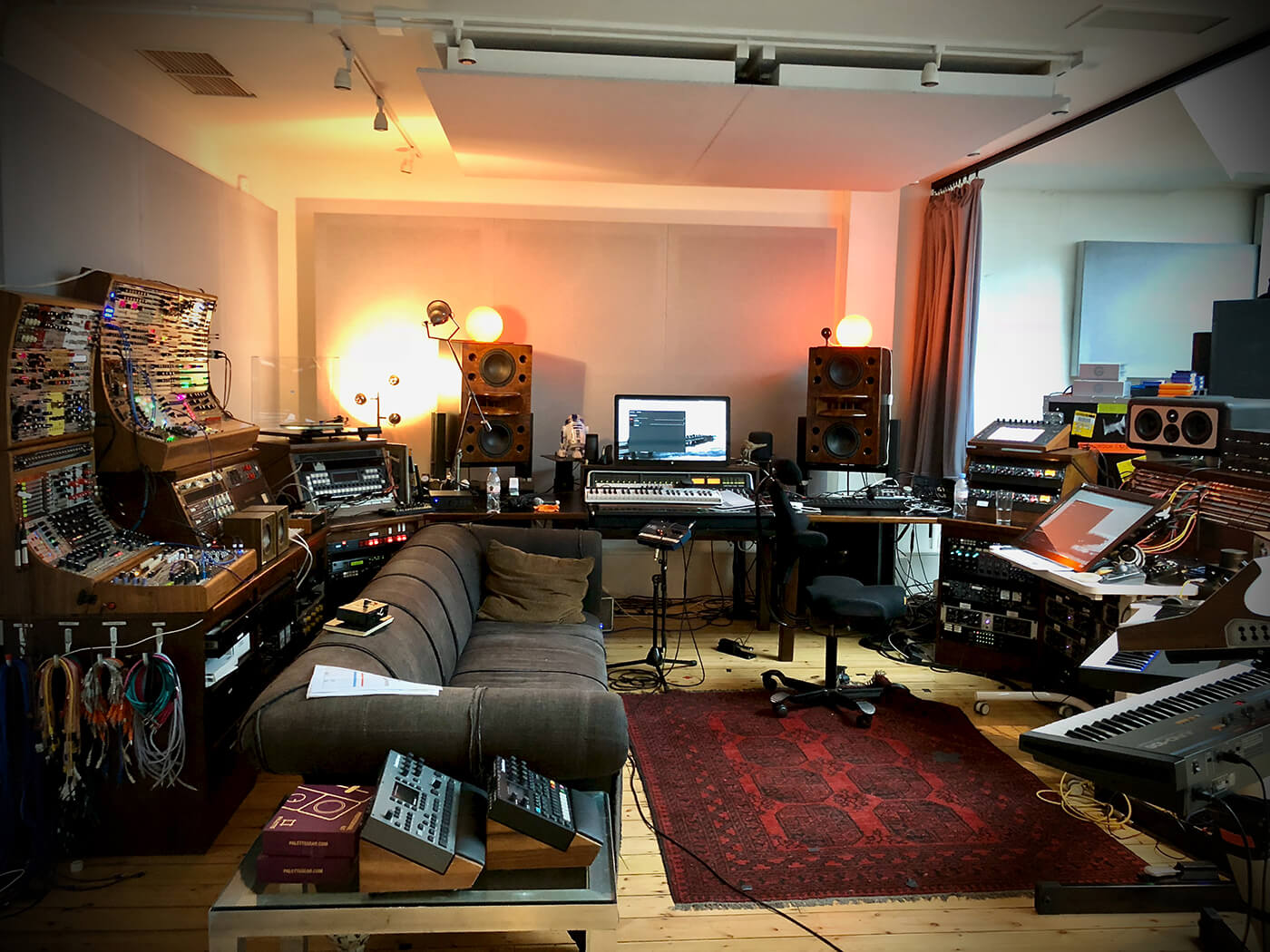
Adventure of a lifetime
The making of the album, which fuses world-spanning styles including gospel, afrobeat and qawwali (a form of Sufi Islamic devotional singing) with Coldplay’s typically stadium-sized anthems, required a fresh approach to get right.
“Every album is slightly different; there’s been a gradual evolution of how we work over time,” Rik explains. “With this record, we maximised the limited time that we had the band all together in one room, because three of them live in the UK and one in the US. The band wanted to go somewhere inspiring to record – they didn’t want to go to be holed up in some dark little studio somewhere.”
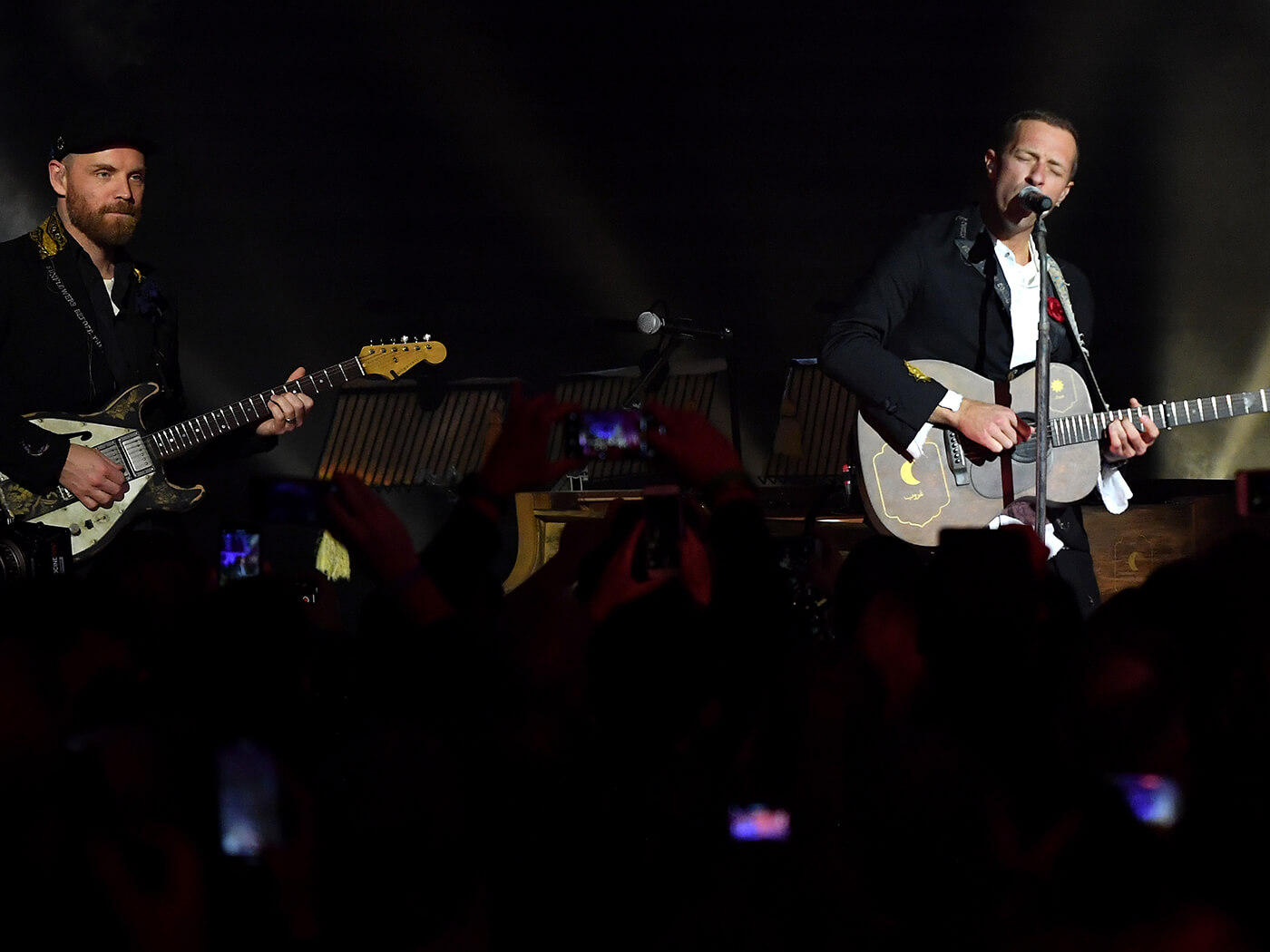
“We had a mobile studio that Dan had put together.” Simpson continues, “They were using that to jam ideas when on tour, so it made sense to take this recording setup to all these separate locations, some of which were wild and wonderful. The first venue was a villa in Tuscany. It was such a beautiful setting to be making Coldplay music. That set the bar, and the room fortuitously sounded great.” In total, the band and production team crafted the record across ten different locations.
Rik further details the process; “We’d spend a couple of weeks together in a location, then we’d go away and individually figure stuff out with the recordings that we’d done, comp between takes and figure out the shape of the songs production-wise.”
A mad little journey
The band’s mobile studio harbours a scaled-down version of the band’s Bakery and Beehive dual-studio home in North London. Namely, an arsenal of mics, 500 series preamps and synths. “It’s a reproduction of what they’re used to. We can have up to 96 or so inputs, all recording at once,” says Dan.
“It was a mad little journey,” Rik whimsically recollects. The production process began in earnest in Tuscany in December 2017, made a fortnight-long stop-off at the Woodshed in LA, then London for a few days, with Rik also accompanying Chris Martin to New York.
“Modular is the realm of happy accidents. It’s where the probability to discover magic is quite high, but you’ll never be able to recreate or find it again. You have to make sure you record everything”.
Rik recalls: “We were just compiling and working on demos at that stage, getting the arrangements right. There was a Global Citizen Festival in Johannesburg which Chris is the main curator of and was due to perform at.”
Rik, Dan and Bill Rahko flew out to continue production in another location. “During the build-up to the gig, we worked in a great little studio there,” says Simpson. “That’s where we recorded the brass for Arabesque (with Femi Kuti and his band); we also worked with the Soweto Choir as well. It was an amazing experience.”

As the album-making tour wore on, the record took shape, and – at the direction of the band – a wider assortment of instrumental flavours was introduced. Some tracks such as Daddy and Old Friends keep simple with close mic’ed vocals and acoustic instrumentation, while other arrangements are much more ambitious, incorporating a diverse array of instruments and genre flavours. Did producing this wide range of genres require new learning for Rik and Dan? “Not really”, Rik recalls, “We just really went with what felt natural for each track. We wanted to keep it as real as we could without it feeling contrived. I think you can go down rabbit holes when you worry that you’re not capturing genres authentically. Generally speaking, these songs present their own paths, which you follow.” Rik explains. “But, that’s not to say some tracks weren’t harder to get right…”
“Church for example”, Dan remembers, “the song was based around an acoustic guitar loop and a simple programmed groove for a long time, until Will [Champion] came up with the beat. We ran the drums through the EMS VCS3 and various effect chains, which gave a vibe that dictated the path for the song to evolve. Sometimes, it can take quite a bit of searching to unlock a song’s heart to set it on its path. Oh, and Nora’s vocal at the end.”
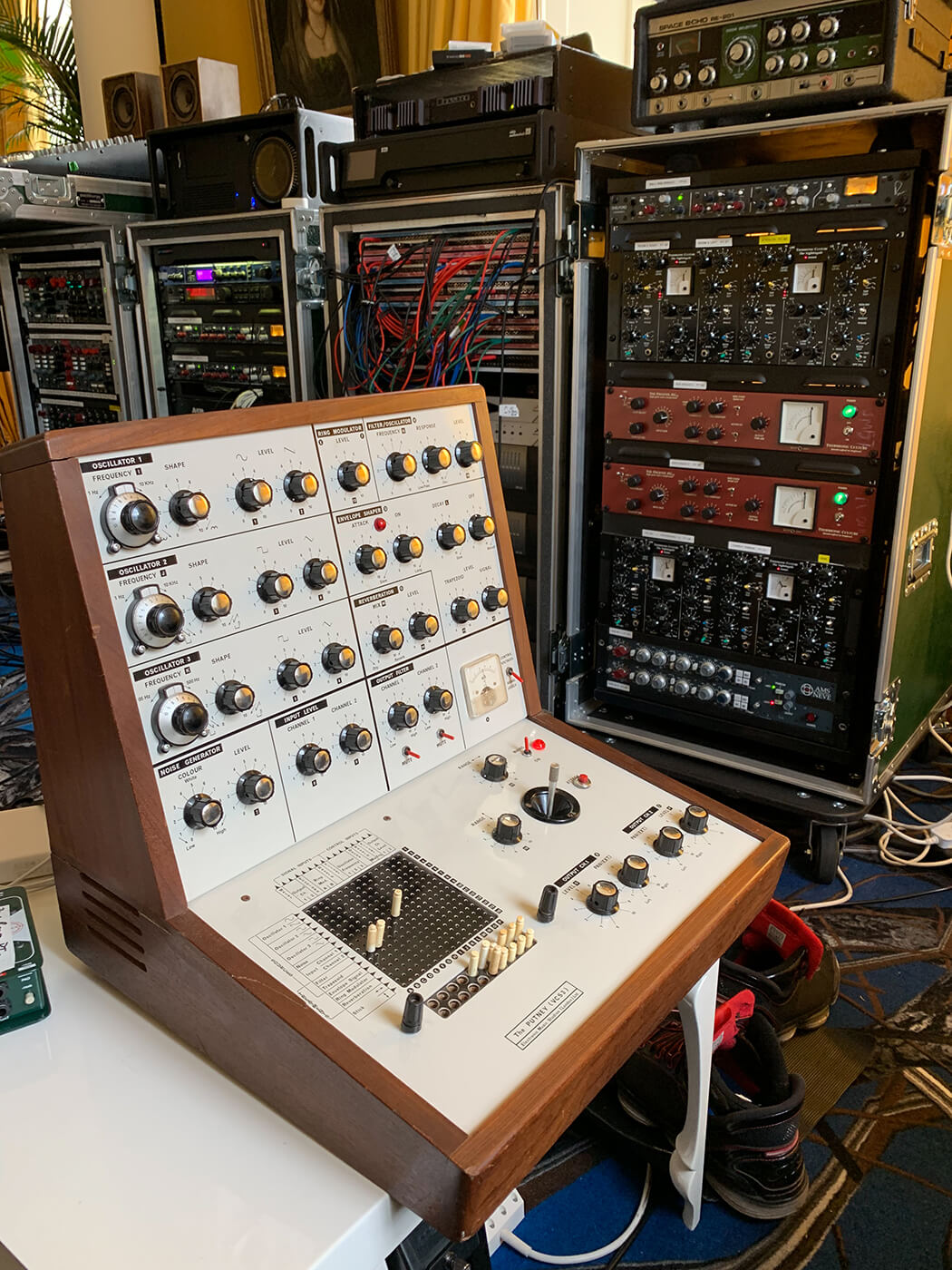
Rik picks up the story, “Chris and Bill were in Jerusalem, and being shown a venue, the lady who was their tour guide let slip that she was a singer, she turned out to be amazing. Chris just took his phone out and recorded her then and there, and for ages, that phone recording was part of our mix for Church. Bill later re-recorded her properly near the end of the process.”
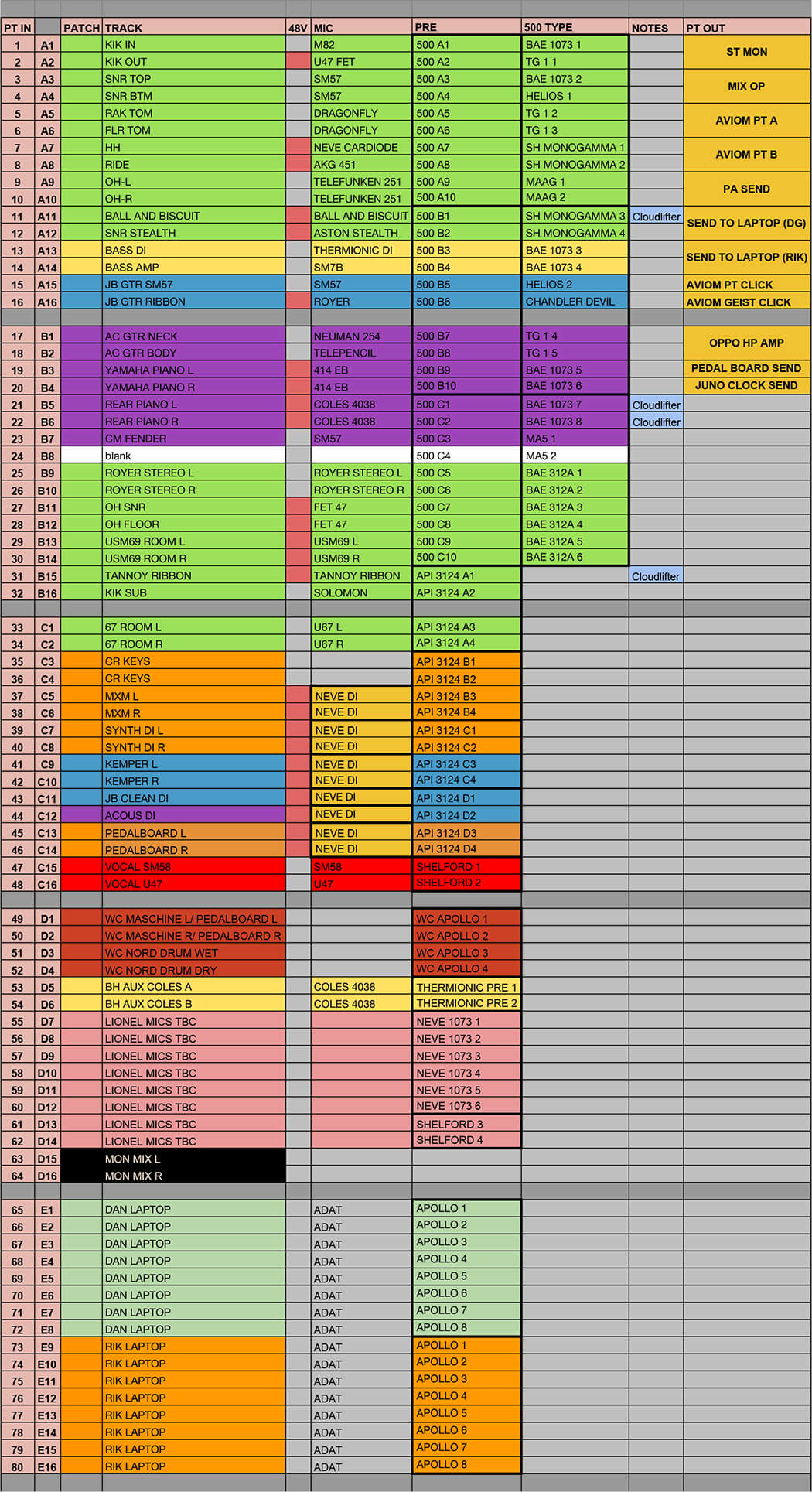
Rik elaborates that the ‘Dream Team’ of himself, Dan Green and Bill Rahko have a democratic approach to production responsibilities.“We look out for each other, but we don’t have specific roles. We have certain individual skills, but we also have a sort of unspoken conversation between the three of us. We know what needs to be done, whether suggesting a direction for the shape of a song, or just move a mic a few inches. It also helps that we really like each other.”
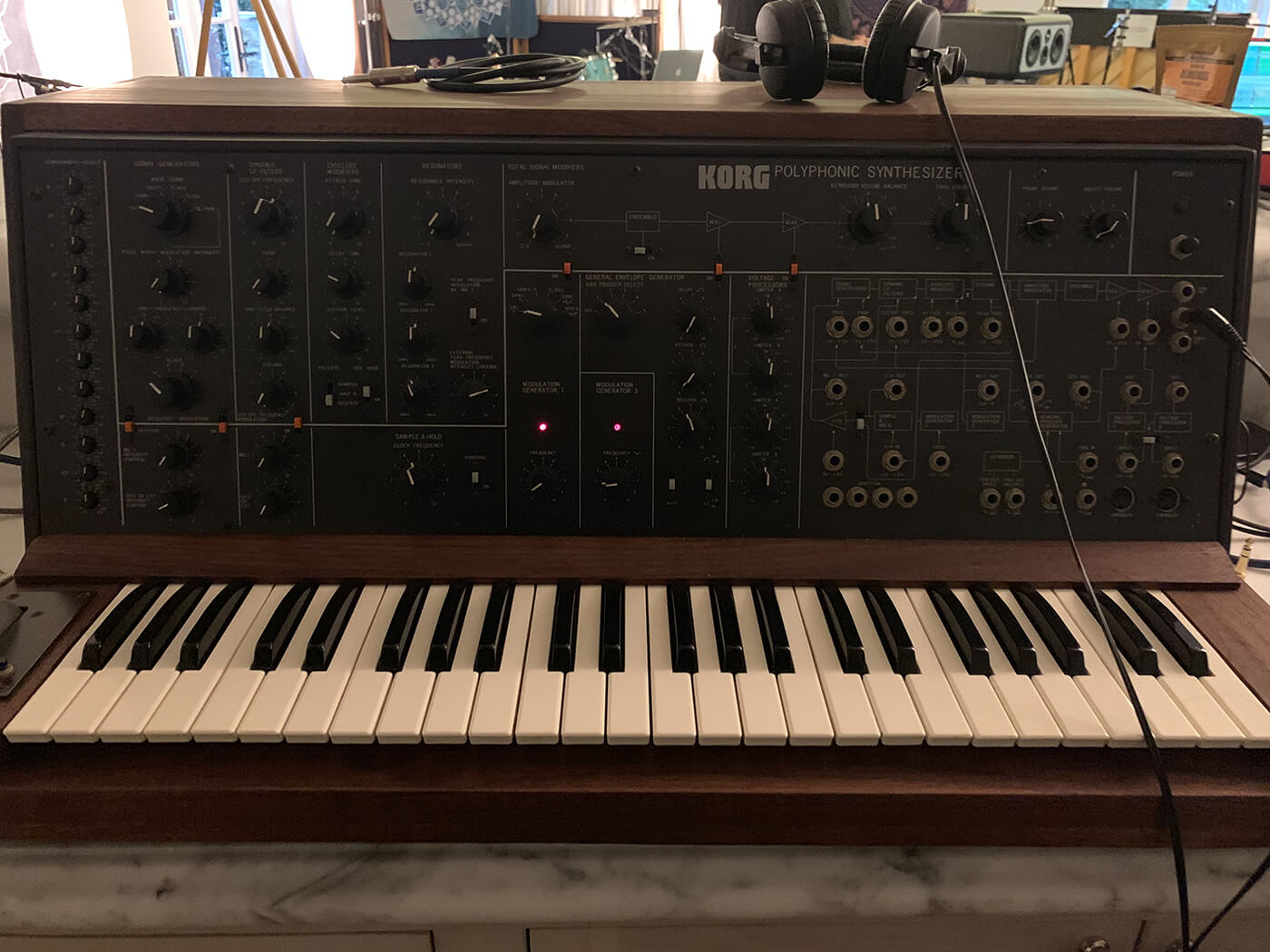
A range of sonics pepper Everyday Life including found-sound recordings and ambiences generated via modular synthesis, “We have a few modular synth and effects rigs that are always receiving CV sync. If Pro Tools is running, then any one of us can go over to the modular and just start messing around, and it’s going to be in the correct tempo,” Dan explains. “Modular is the realm of happy accidents. It’s where the probability to discover magic is quite high, but you’ll never be able to recreate or find it again. You have to make sure you record everything”.
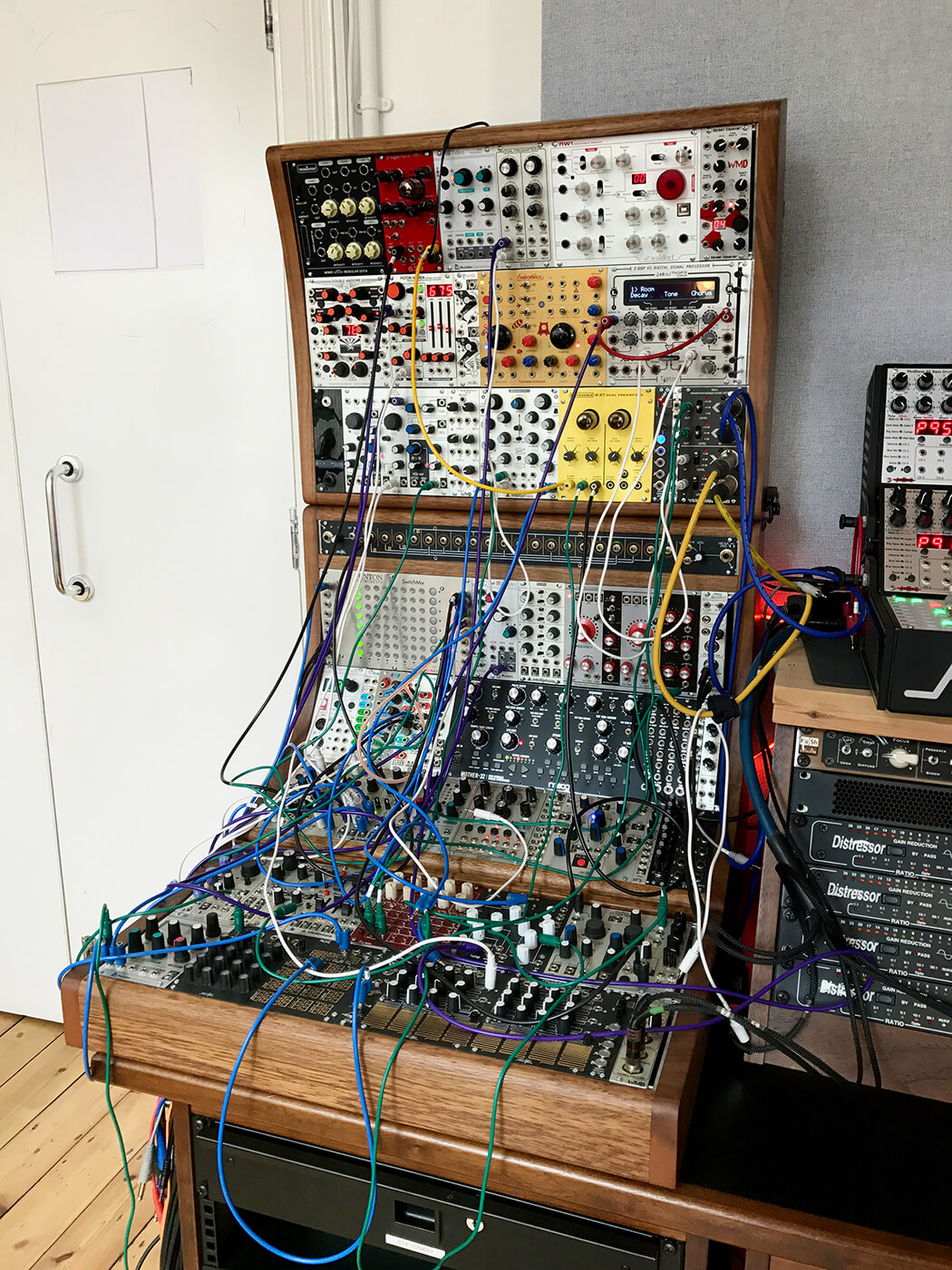
Sunrise
Once the album was completed, the band decided to launch the record with a Beatles-esque rooftop live stream atop the Citadel in Amman, Jordan, an ancient archaeological site on a plateau overlooking the city.
The ambitious show was divided into two performances of the record’s two sides – ‘Sunrise’ and ‘Sunset’. Simpson and Green were on hand to mix the broadcast audio.
“It was fucking terrifying!” Rik remembers, “One of the craziest things I’ve ever done.”
Dan, being the band’s primary FOH engineer, continues, “We’ve done quite a few live streams of stadium shows, but we’ve never set up something like this before. Running digital multicores and being so high up in a desert environment was tough. We had such a great bunch of guys working on it, though, and we managed to pull it together.”
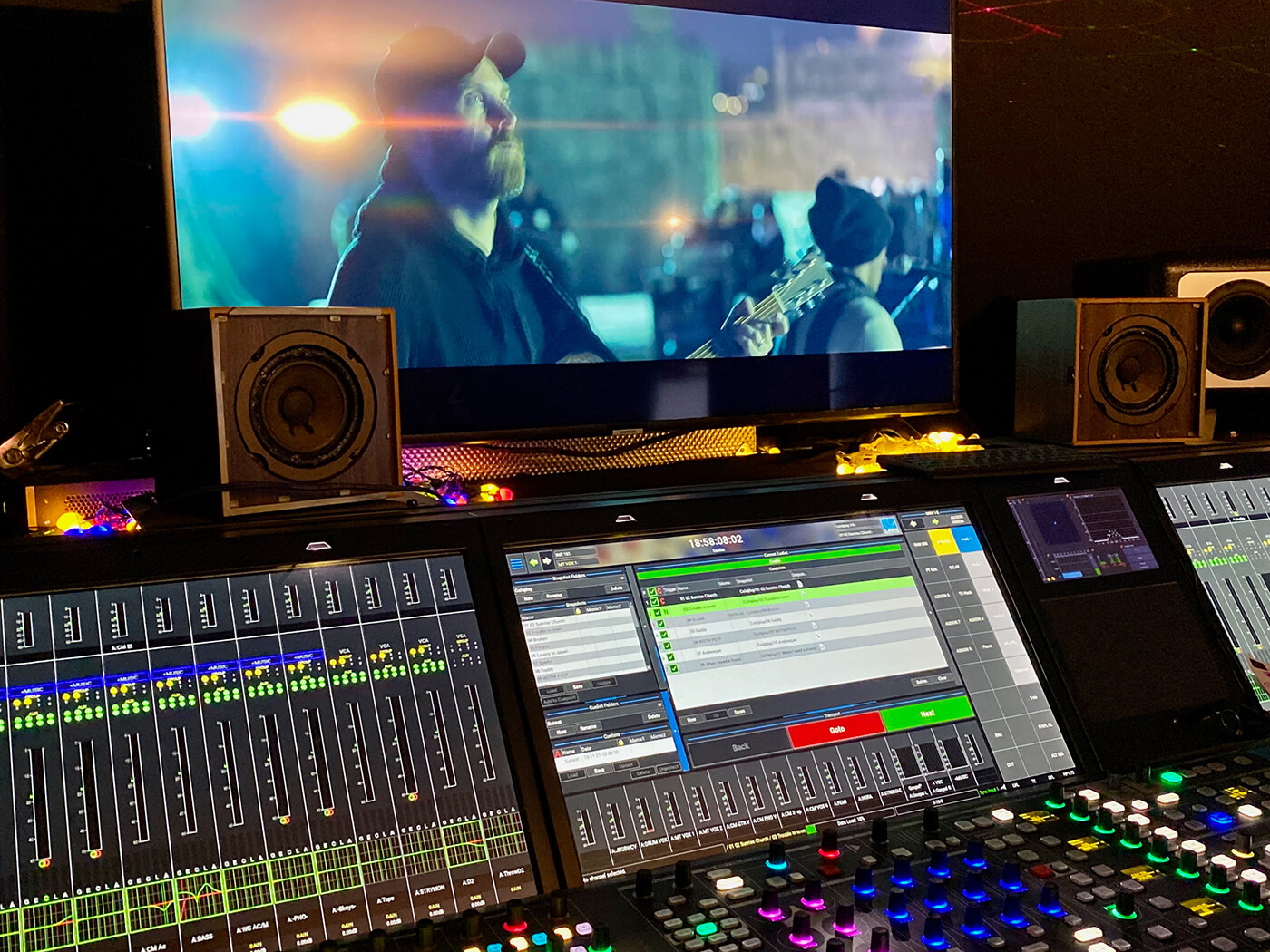
Translating the record’s textures to the live-sphere was important too, as Dan explains, “We wanted to make sure that the set was as live as possible. We didn’t want to rely on playback tracks. There are a lot of sounds on the album that we re-sampled and mapped out to sampler instruments for the band. We had to get all the other guest musicians up there too: Femi and his band, Nora, Stromae and a small string section led by the wonderful John Metcalfe.”
Rik explains that the show was mixed through a Lawo desk (with the help of Toby Alington and Dirk Sykora), alongside UA Apollo x8p interfaces and an Echofix EF-X2 Tape Echo. “I used the Apollo interfaces for insert and aux effects, the first time I’ve done this in a live environment, that was really successful. We also used a Strymon Volante echo machine and EF-X2 on various solos; there’s one on Arabesque that I used a [Roland] Space Echo for on the record but I used the hardware live for my little performance moment. That was really nice.”
Dan also highlights the OX Amp Top Box as an able assistant: “That worked really well. We had many open mics on the stage, so the OX Box sounded amazing and blending it with amps made us able to get the guitars sounding as close to the record as possible.”
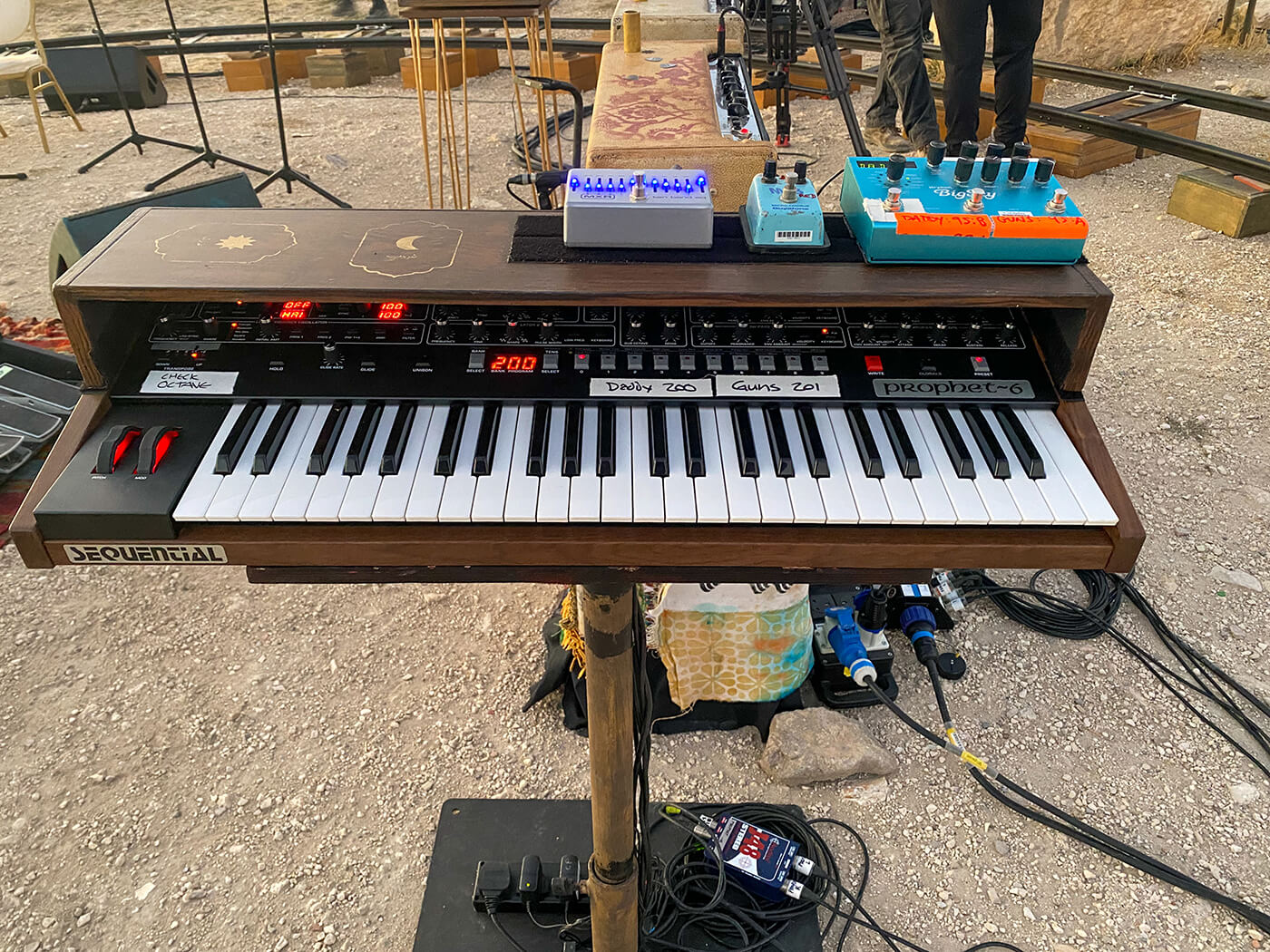
The final result captured a remarkably emotive performance amid a beautiful backdrop. It also represented quite the technical feat. “It was amusing but frustrating to read some YouTube comments post the performance, saying that it must have been pre-recorded, and there was no way it could’ve been live,” Rik shares. “It’s kind of a compliment, I guess, but if they don’t believe it’s live, then maybe we shouldn’t have made it so good!”
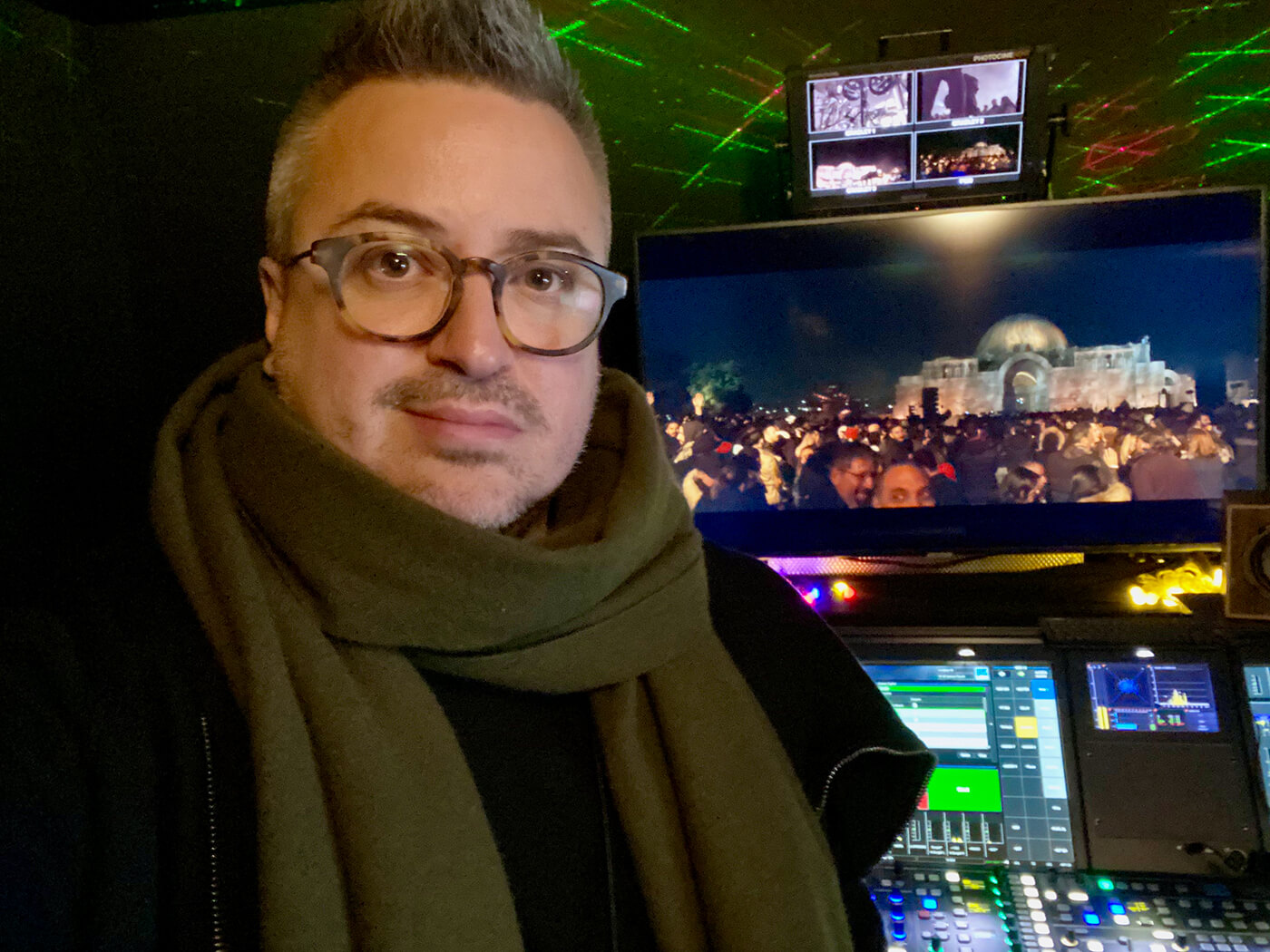
Den of experimentation
With the COVID 19 pandemic curtailing work at The Bakery and Beehive studios, for the time being, Simpson has seized the opportunity to build himself a smaller studio, nearer his home, to work in during the lockdown.
“In here right now, I’ve got my Barefoot MicroMain 26 monitors, and on my desk, I have the Cwejman S1 MK2. They make lots of Eurorack modules, but this is their all-in-one synth; I love it. I’ve got a Roland TR-8S drum machine here. Dan got hold of this in December – it’s such a lot of fun. There’s a range of Elektron bits, my Strymon Volante. Synth-wise, I’m dabbling with my Mellotron, my ARP 2600, a Moog Matriarch, a Moog Model 10, a little Deckard’s Dream, which is a Yamaha CS-80 clone. The brilliant Prophet 10, which is one of the new ones. I’ve been using it a lot. I’ve also got some of my Eurorack universe packed in here, too, with Make Noise, Qu-Bit and Noise Engineering modules amongst others.”
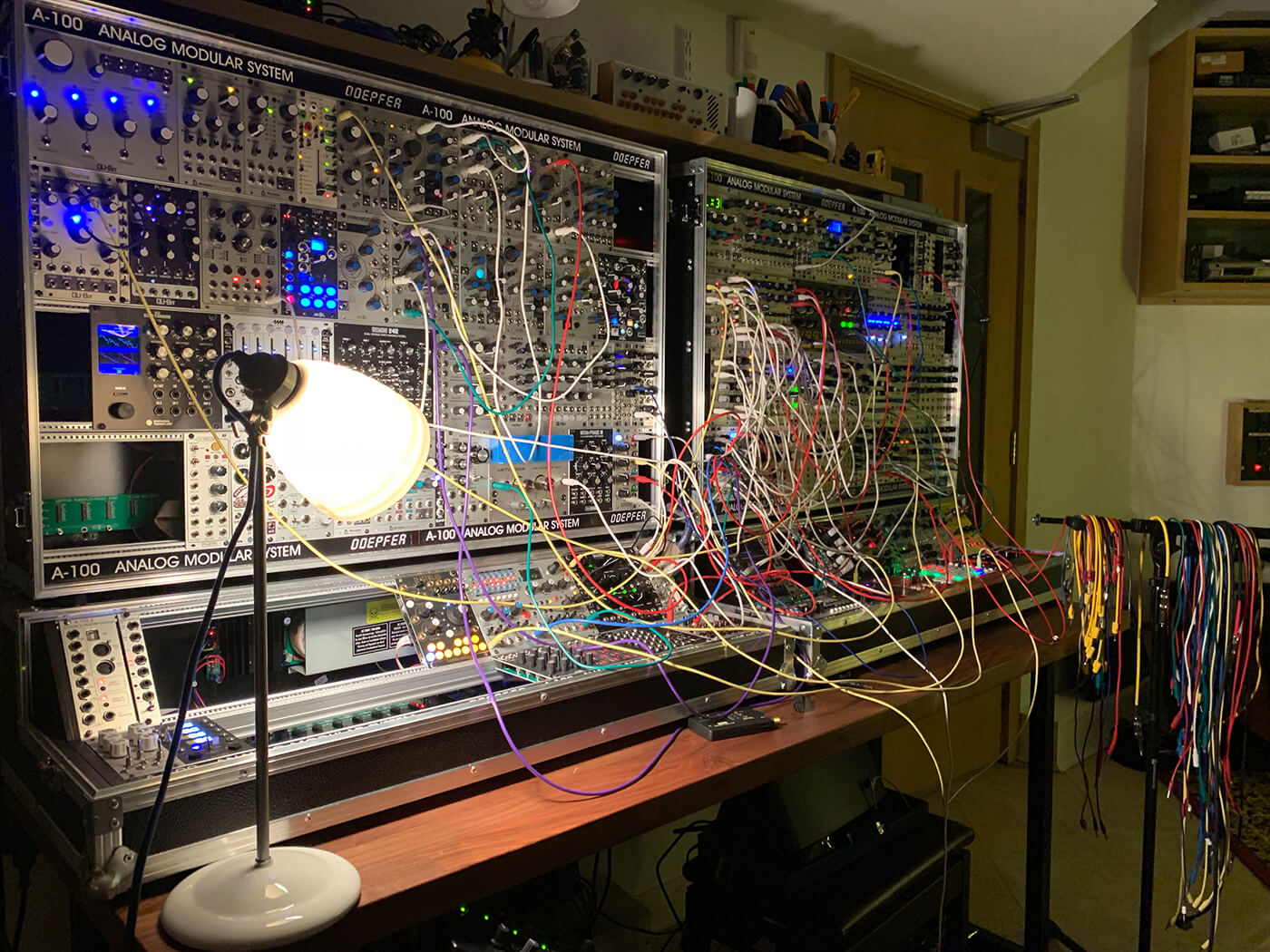
In terms of his outboard gear, Rik has incorporated his Black Box Analogue HG-2 and a range of Thermionic Culture goodies, including the Culture Vulture and Phoenix, alongside two UA Apollo x16s and a couple of x8ps incorporated for the “fantastic workflow.”
“This is my little den of experimentation really. It’s somewhere to work on ideas at my own speed,” shares Rik.
The slowdown has been a unique experience for Rik and Dan, as the band’s hectic creative pace has had them near-constantly busy for over a decade. “It’s been weird getting used to the slowing down of everything, normally for us, it’s just so full-on and mental. It’s been nice, but strange to just relax for a bit, especially after the maelstrom that was Everyday Life,” Rik admits.
Dan agrees, “You know, I think it’s the first time we’ve stopped for a prolonged period since 2008’s Viva La Vida”. Normally Chris has about two albums on the go at once. He’s incredible – he never stops, and it��’s our job to help him achieve what he wants to achieve.”
Rik continues, “Chris has always said that he doesn’t really know where the songs come from; he thinks of himself as a conduit. It’s not him that’s doing it in a way, but he’s very grateful that he gets sent these ideas. The way he perceives melody is a truly special thing. He’s got a unique way of envisioning music.”
Coldplay’s Everyday Life is available everywhere now. The Grammy Awards take place on March 14th.
